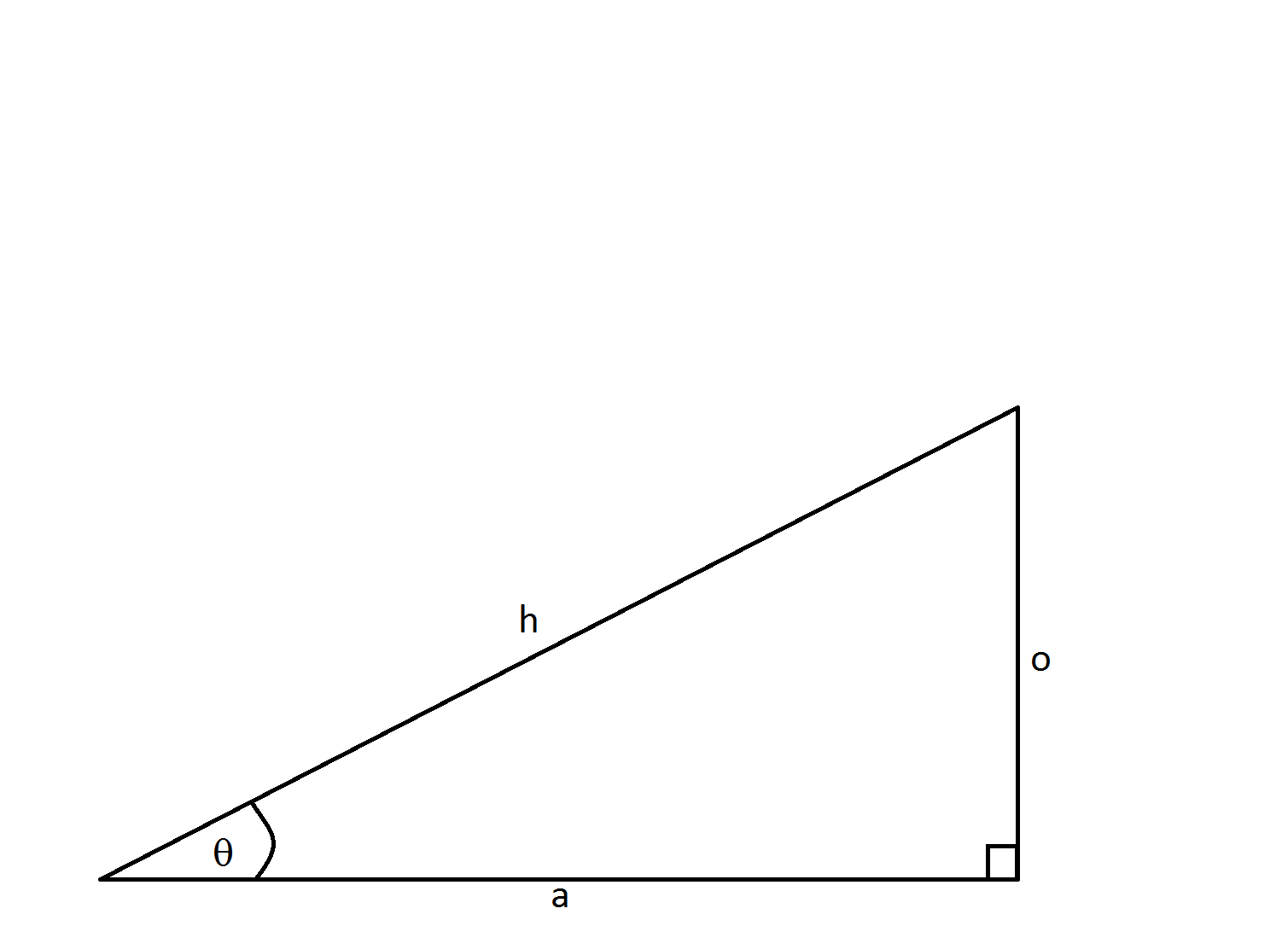All Trigonometry Resources
Example Questions
Example Question #551 : Trigonometry
Which of the following describes the ratio of sine?
Sine is by definition of sides in a right triangle is opposite side over hypotenuse.
To remember this, use SOH CAH TOA.
SOH: Sine=Opposite/Hypotenuse
CAH: Cosine=Adjacent/Hypotenuse
TOA: Tangent=Opposite/Adjacent
Example Question #1 : Secant, Cosecant, Cotangent
Find the value of the trigonometric function in fraction form for triangle 

What is the secant of 
The value of the secant of an angle is the value of the hypotenuse over the adjacent.
Therefore:
Example Question #21 : Trigonometry
Which of the following is the equivalent to 
Since 
Example Question #22 : Trigonometry

For the above triangle, what is 



Secant is the reciprocal of cosine.
It's formula is:
Substituting the values from the problem we get,
Example Question #23 : Trigonometry

For the above triangle, what is 



Cotangent is the reciprocal of tangent.
It's formula is:
Substituting the values from the problem we get,
Example Question #24 : Trigonometry
Determine the value of 
Rewrite 
Example Question #21 : Trigonometric Operations
Evaluate:
Evaluate each term separately.
Example Question #11 : Secant, Cosecant, Cotangent
Pick the ratio of side lengths that would give sec C.

None of the other answers.
Find the ratio of Cosine and take the reciprocal.

Example Question #22 : Trigonometric Operations
If 
The sine of an angle in a right triangle (that is not the right angle) can be found by dividing the length of the side opposite the angle by the length of the hypotenuse of the triangle.
From this, the length of the side opposite the angle 
Without loss of generality, we'll assume that the sides are actually of length 28 and 53, respectively.
We'll use the Pythagorean theorem to determine the length of the adjacent side, which we'll refer to as 
The cotangent of an angle in a right triangle (that is not the right angle) is can be found by dividing the length of the adjacent side by the length of the opposite side.
Example Question #3 : Graphing The Sine And Cosine Functions

What is 


In order to find 



Now to find the measure of the angle using the 
If you calculated the angle's measure to be 
Certified Tutor
Certified Tutor
All Trigonometry Resources











































































